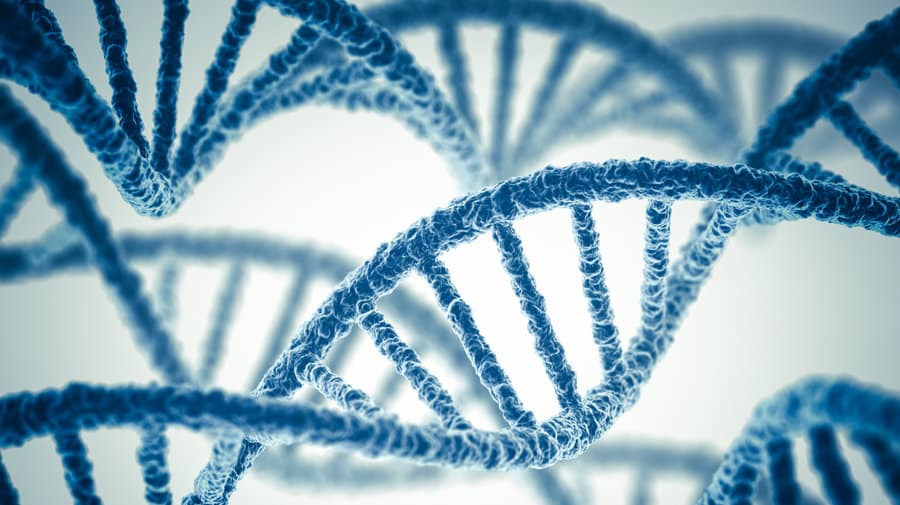Scientists Create Tiny Genome to Find The Meaning of Life
A synthetic chromosome composed of just 473 genes has become the smallest known genome that can support a free-living microbial cell, scientists have announced in a groundbreaking study that goes some way to answering the question: what is life?
The researchers whittled away the genes of a bacterial chromosome until they got down to the minimum set required for life and replication. They then re-synthesised the genes into a single strand of DNA and “re-booted” a genetically empty cell until it sprang into life once more.
The development has important implications for understanding what is required for a cell to survive on its own, and how its genes might be manipulated to serve commercially useful functions, such as the detoxification of industrial waste or the production of new kinds of plastic polymers.
The synthetic life form was called JCVI-Syn-1.0 after the J Craig Venter Institute in San Diego, California. The latest microbe is called JCVI-Syn-3.0 and about two-thirds of the genes in its minimal genome have known functions, such as being involved in the vital tasks of reading and expressing the genetic information stored on the bacterial chromosome.
But lead
researcher Craig Venter – the first to sequence the human genome – and Clyde Hutchinson and their colleagues have not yet determined the functions of 149 of the genes, about a third of the total. “Investigators’ first task is to probe the roles of those genes, which promise new insights into the basic biology of life,” said Chris Voigt, a synthetic biologist at Massachusetts Institute of Technology who did not participate in the research.Scientists have long pondered over the “minimal genome” required for a free-living cell to exist and reproduce successfully, and now they have answered the question by creating one – by tinkering with the existing genome of a bacterium called Mycoplasma mycoides.
The scientists, led by veteran genome researcher and synthetic life enthusiast Craig Venter, selectively eliminated the genes of the Mycoplasma chromosome until they got down to the minimum set required for a cell to survive and replicate.
With just 473 genes and 531,000 DNA bases, the synthetic microbe is smaller than the smallest known natural genome of a related bacterial species called M genitalium which has 525 genes and 600,000 DNA bases.
Once they knew which genes were essential for life, they put them together again in a single chromosome, minus any redundant DNA segments, to produce a “supercharged” microbe which can double in volume every three hours instead of the several weeks needed for M genitalium to double in size.
“We set out to define a minimal cellular genome experimentally by designing and building one, then testing it for viability. Our goal is a cell so simple that we can determine the molecular and biological function of every gene,” said the scientists, writing in the journal Science.
The latest development builds on a breakthrough in 2010 when Dr Venter and his long-term collaborator Clyde Hutchison managed to create the first synthetic microbe from an artificially manufactured microbial chromosome from one Mycoplasma species, which was used to “re-boot” the empty cell of another Mycoplasma species.
“The only way to answer basic questions about life would be to get to a minimal genome,” Venter explained in a teleconference. “Probably the only way to do that would be to try to synthesize a genome.”
In one critical finding, researchers learned that some genes initially classified as “non-essential” in fact perform the same essential function as a second gene, meaning one of the pair of genes must remain in the minimal genome. The minimal genome does not have genes that can modify and restrict DNA and it also lacks most genes that encode lipoproteins.
However, the genome contains nearly all genes involved in reading and expressing the genetic information in the genome, as well as in preserving genetic information across generations. “It’s an important step to creating a living cell where the genome is fully defined,” said Voigt.






























